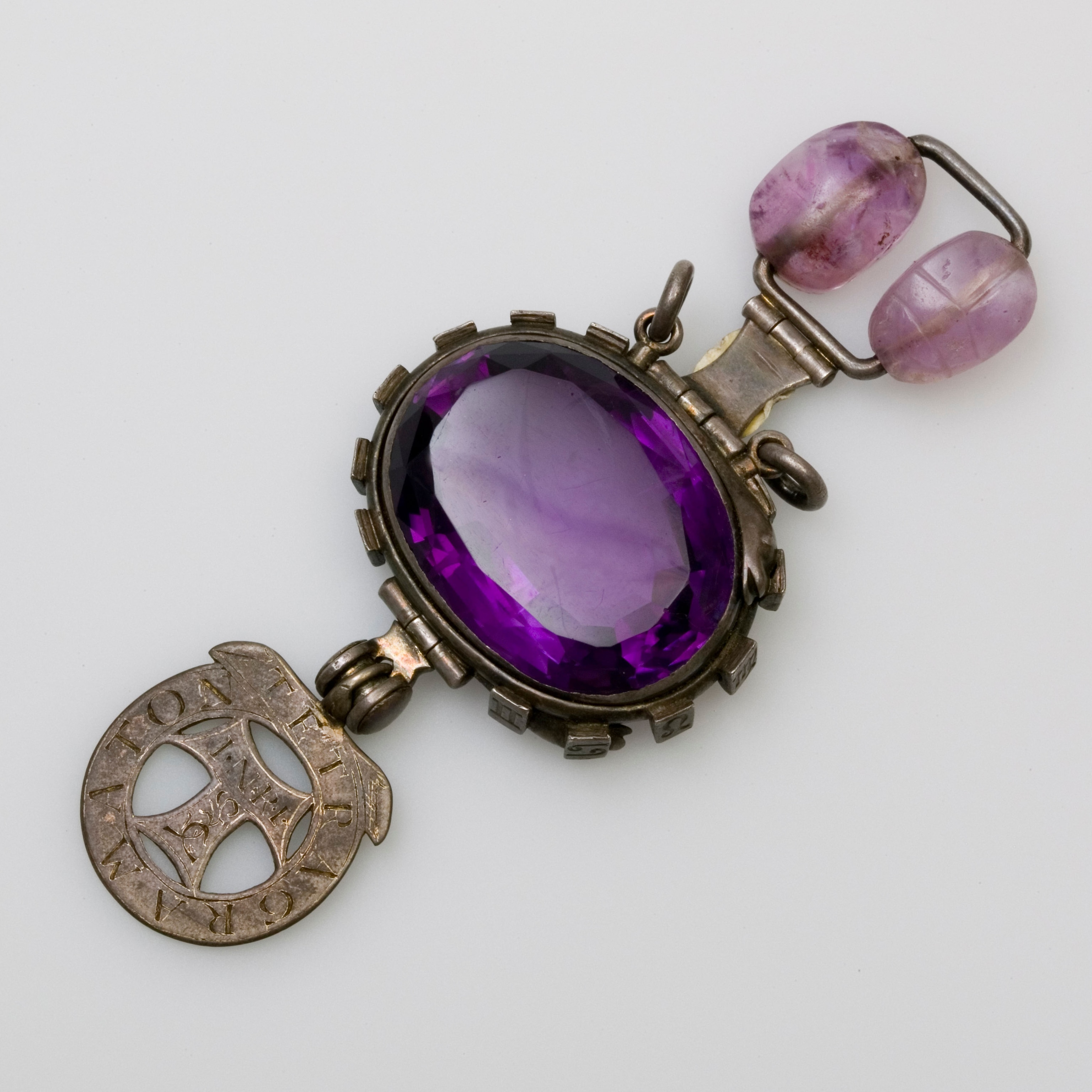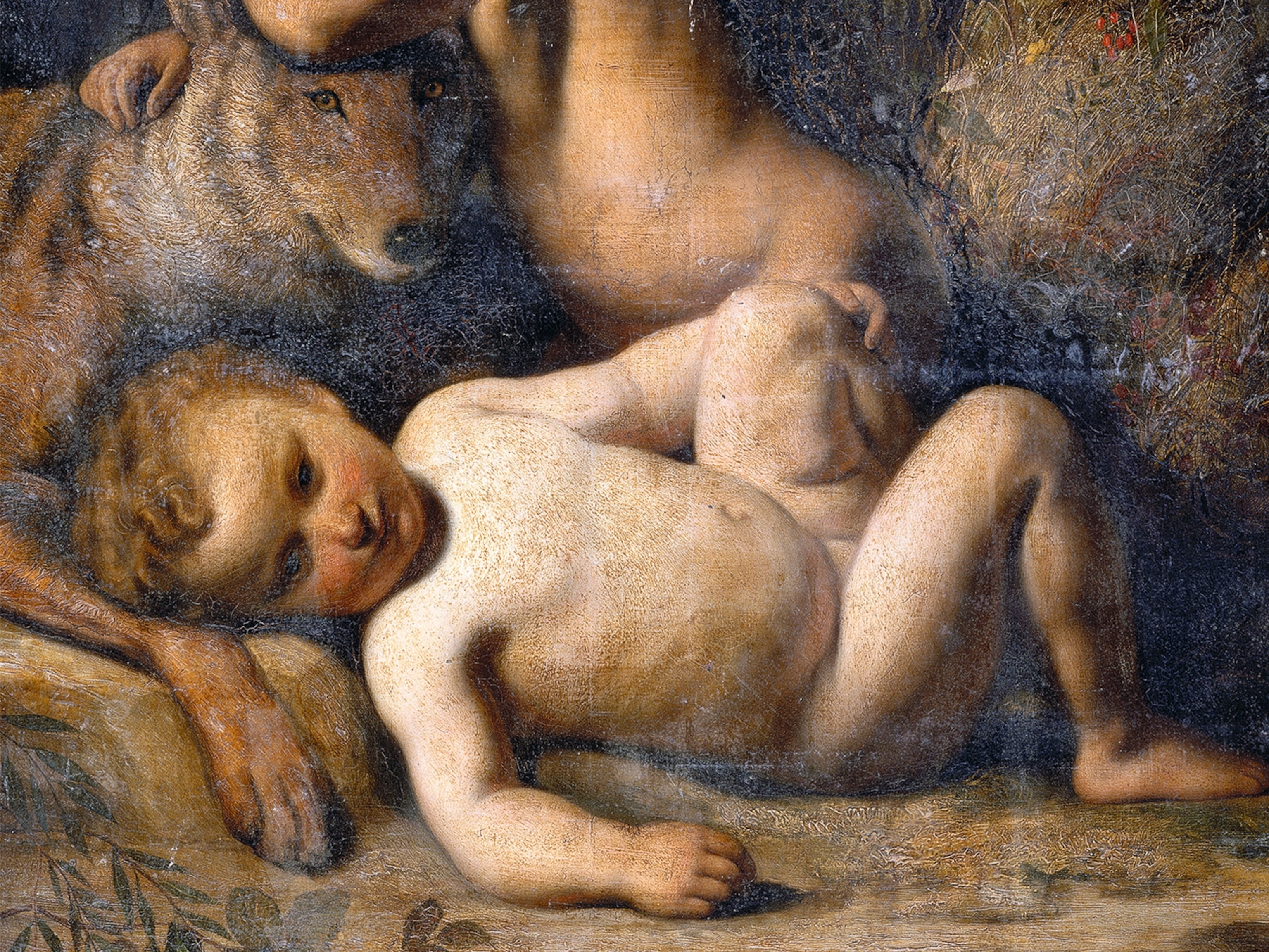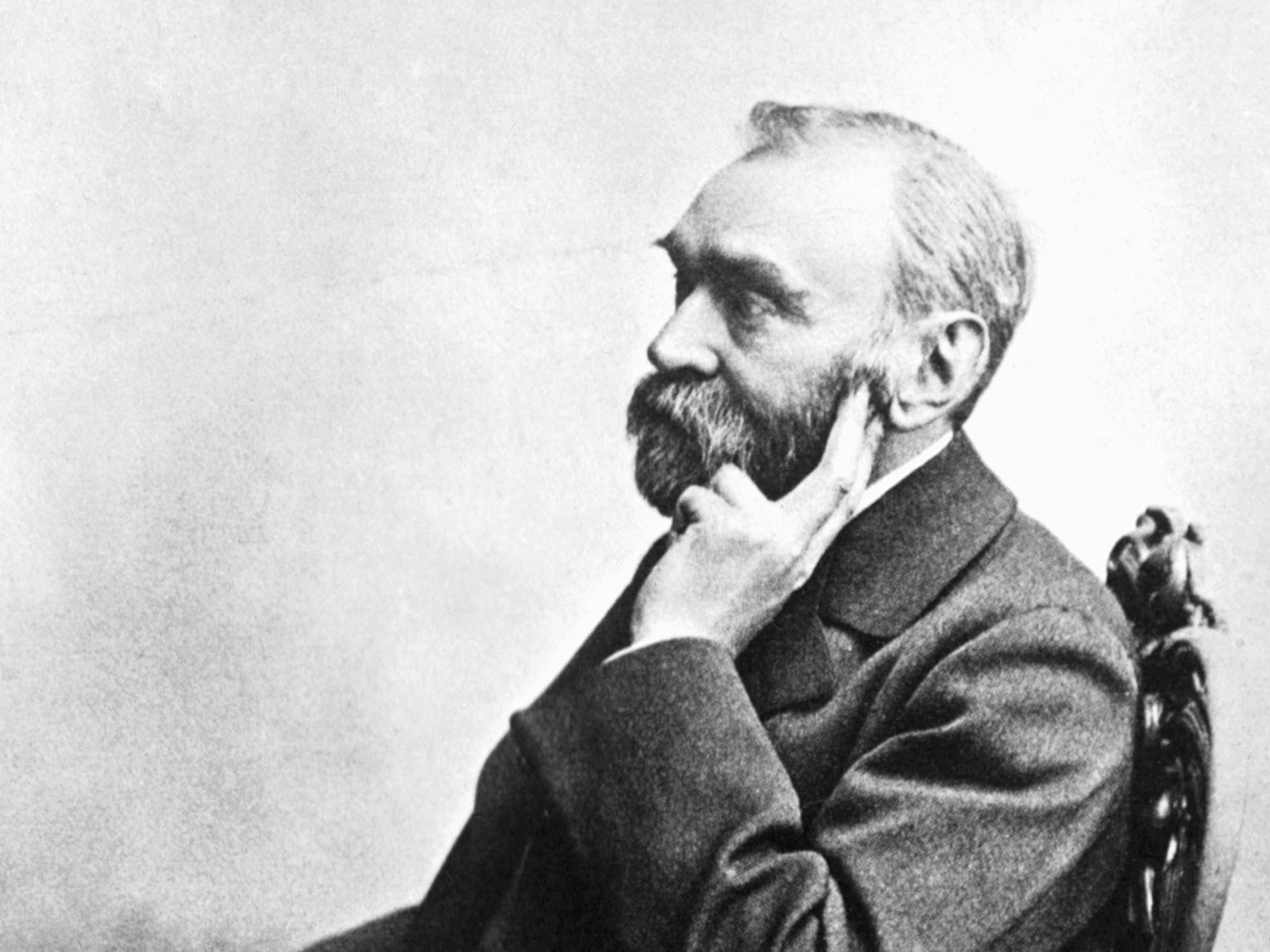Who Was the Real Man in the Iron Mask?
Rumors of a mysterious prisoner during the reign of King Louis XIV became legend after Alexandre Dumas wrote his famous tale. His true identity remains a subject of speculation.
In the 1680s, whispers about a mysterious prisoner began to spread through France. Details were hazy, but the tale was arresting: An anonymous man had been locked up on the express orders of the French king Louis XIV. His identity was unknown, and his face could not be seen because he was forced to wear an iron mask.
A gazette from 1687 mentions the prisoner’s transfer to the citadel of Sainte-Marguerite, a tiny Mediterranean island off the coast of Cannes in southern France, in the custody of a former musketeer, Bénigne de Saint-Mars. Both guard and his prisoner had previously lived at the fortresses of Pignerol and Exilles in the Alps.
The pair moved again in 1698, when Saint-Mars was appointed governor of the Bastille prison in Paris. The mysterious prisoner’s arrangements had not changed from earlier accounts: A Bastille official wrote in his memoirs of his surprise at the arrival of his new superior who was accompanied by a man “who is always masked and whose name is never pronounced.”
When he died in the Bastille in 1703, it was recorded that a man in his 50s was buried at the Saint-Paul Cemetery in Paris, and his belongings and clothes were burned at dawn. It was said that the walls of his cell were even scraped and whitewashed.
Cruel and Unusual Punishment
Conspiracy Theories
The mysterious prisoner lived during the reign of Louis XIV. To his supporters, Louis was le Roi Soleil—the Sun King—in whose reign France expanded and strengthened her borders. To his detractors, he was a near tyrant, whose belief in absolutism—the idea that he ruled as God’s representative on Earth—had turned France into a police state.
After his death, the unknown prisoner’s story began to take on a life of its own as gossips said that his punishment stemmed directly from the French throne. From the very outset, the “masked man” stories were more than just lurid tales: They played directly into anti-Louis propaganda. During the Nine Years’ War (1688-1697) the Dutch, fighting to protect their republic from French expansion, exploited the rumor to undermine the legitimacy of Louis XIV. Agents of the Dutch spread claims that the masked prisoner was a former lover of the queen mother, and was the king’s real father—which would make Louis illegitimate.
In France itself, suspicions about the man’s identity fell on several members of the extensive royal family. There was speculation that he was Louis de Bourbon, Count of Vermandois, son of the Sun King himself and his mistress Louise de La Vallière. Louis de Bourbon had been banished from court after being outed as a homosexual. De Bourbon then tried to regain his father’s favor in campaigns in Flanders, where he fell ill and almost certainly died. Conspiracy theorists speculated that he had, in fact, survived and was secretly imprisoned by his father.
Tall Tales
Another candidate for the masked man was François de Bourbon, Duke of Beaufort. A cousin of the king, François had been one of the leaders of the Fronde, the faction that conspired against the king early in his reign and hardened his tendency toward absolutism. Although François later died in battle, gossipmongers spread the (unlikely) tale of his kidnapping and imprisonment by the king.
By the 18th century the number of possible identities kept increasing. Some said the man in the iron mask was a bastard son of Anne of Austria (Louis’s mother) and half brother to the king. Some pamphleteers imagined that the mask was Louis XIV’s punishment for the lovers of his wife, Marie-Thérèse of Austria. One particularly fantastic suggestion is that the man was one Nabo, a pygmy page who had supposedly impregnated Louis’s queen.
To Enlightenment thinkers the masked man was a potent symbol of oppression and tyranny, the embodiment of the Sun King’s worst vices. Among the most influential of these thinkers was Voltaire, who suggested the prisoner was a brother of Louis XIV. Whereas earlier sources had described a mask of cloth or velvet, Voltaire specified that the mask was made of iron and gave specific details of this cruel contraption: “the chin of [the mask] was composed of steel springs, which gave him liberty to eat with it on.”
Voltaire was imprisoned in the Bastille in 1717 and claimed that he had heard the prisoner’s story from the oldest inmates. He described him as “an unknown prisoner, of majestic height, young, of a graceful and noble figure.” He was unquestionably important, his manners were refined, and he played the guitar. He was served fine food, kept away from any contact with the other prisoners, and was only visited by the governor. (Related: read about Marie Antoinette's style revolution at Versailles.)
Touch of Velvet
Many historians believe the mysterious prisoner didn’t actually wear an iron mask. He wore a mask of a velvet, like the ones fashionable for European women in the 16th and 17th centuries. Stylish ladies wore them not only as accessories but also to protect their skin from the sun. Scholars also think he didn’t wear it all the time, only donning it to keep his identity a secret when being transferred between prisons.
From Romance to Rigor
French novelist Alexandre Dumas took Voltaire’s description and used it as the basis for a secondary character in The Vicomte of Bragelonne (published in serialized form from 1847 to 1850). This massive book was the last in a series of novels that began with The Three Musketeers. Its ending centered on the mysterious man in the iron mask.
Dumas’s version puts forward what became the most popular theory of the prisoner’s identity: Louis XIV’s twin brother, Philippe, who had been born first and jeopardized the Sun King’s legitimacy. This theory gained traction in the 20th century when several popular Hollywood films depicted the tale of the unjustly imprisoned twin brother.
In recent years historians have put forward other more plausible candidates, including Nicolas Fouquet, the powerful superintendent of finances. After being found guilty of treason and corruption, he was imprisoned in the Fortress of Pignerol, the same location where Saint-Mars first guarded the mysterious masked prisoner. Fouquet died there in 1680, and there is no indication that he was ever transferred to the Bastille.
Many other historians favor a much more unassuming character: Eustache Dauger, arrested for an unknown crime in 1669 and also held in the Fortress of Pignerol. It is believed that Dauger worked as a valet who served Nicolas Fouquet—and may have learned of sensitive information while in Fouquet’s service. During his imprisonment, Dauger was transferred to several sites, always accompanied by Saint-Mars.
Historians even believe the iron mask itself was an exaggeration. It was not iron at all, but black velvet. And it was most likely worn only at very specific times, such as transferal from one prison to another. Perhaps it was a glimpse of such a man, when coupled with the tense atmosphere in France, that snowballed to become the intriguing legend known today.
More from National Geographic:







